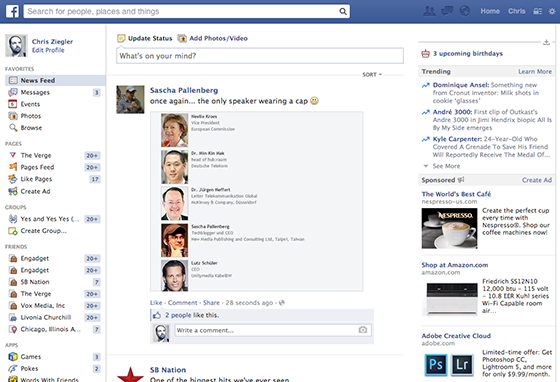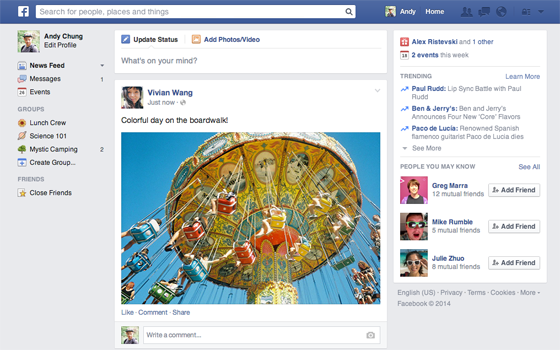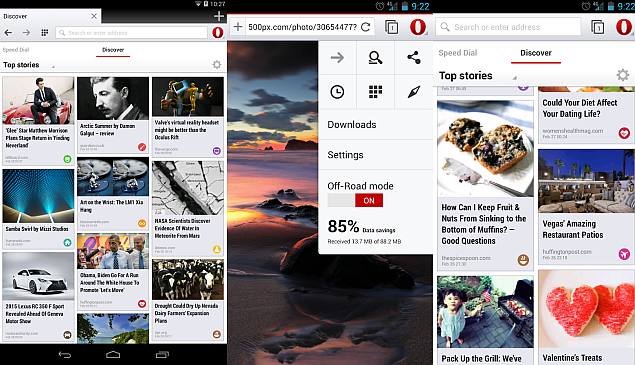Twitter website 'blocked' in Turkey
This is a bit shocking , Twitter users in Turkey report that the social media site has been blocked in the country. Some users trying to open the twitter.com website are apparently being redirected to a statement by Turkey's telecommunications regulator.
It cites a court order to apply "protection measures" on the website.
This comes after PM Recep Tayyip Erdogan vowed to "wipe out Twitter" following damaging allegations of corruption in his inner circle.
The BBC's James Reynolds in Istanbul reports that he is unable to access Twitter.
"I don't care what the international community says at all. Everyone will see the power of the Turkish Republic," Mr Erdogan said earlier on Thursday.
He spoke after some users had posted documents reportedly showing evidence of corruption relating to the prime minister - a claim he denies.
His office said that Twitter had not responded to Turkey's court rulings to remove some links, forcing Ankara to act.
Twitter has so far made no public comment on the issue.
There are about 10m Twitter users across Turkey.
In 2010, the country lifted its ban on YouTube - two years after it blocked access to the website because of videos deemed insulting to the country's founder, Mustafa Kemal Ataturk.
It cites a court order to apply "protection measures" on the website.
This comes after PM Recep Tayyip Erdogan vowed to "wipe out Twitter" following damaging allegations of corruption in his inner circle.
The BBC's James Reynolds in Istanbul reports that he is unable to access Twitter.
"I don't care what the international community says at all. Everyone will see the power of the Turkish Republic," Mr Erdogan said earlier on Thursday.
He spoke after some users had posted documents reportedly showing evidence of corruption relating to the prime minister - a claim he denies.
His office said that Twitter had not responded to Turkey's court rulings to remove some links, forcing Ankara to act.
Twitter has so far made no public comment on the issue.
There are about 10m Twitter users across Turkey.
In 2010, the country lifted its ban on YouTube - two years after it blocked access to the website because of videos deemed insulting to the country's founder, Mustafa Kemal Ataturk.









 Many of the world's cash machines are believed to be still running Windows XP
Many of the world's cash machines are believed to be still running Windows XP Windows XP is still very popular in China and many people use pirated copies of the software
Windows XP is still very popular in China and many people use pirated copies of the software

